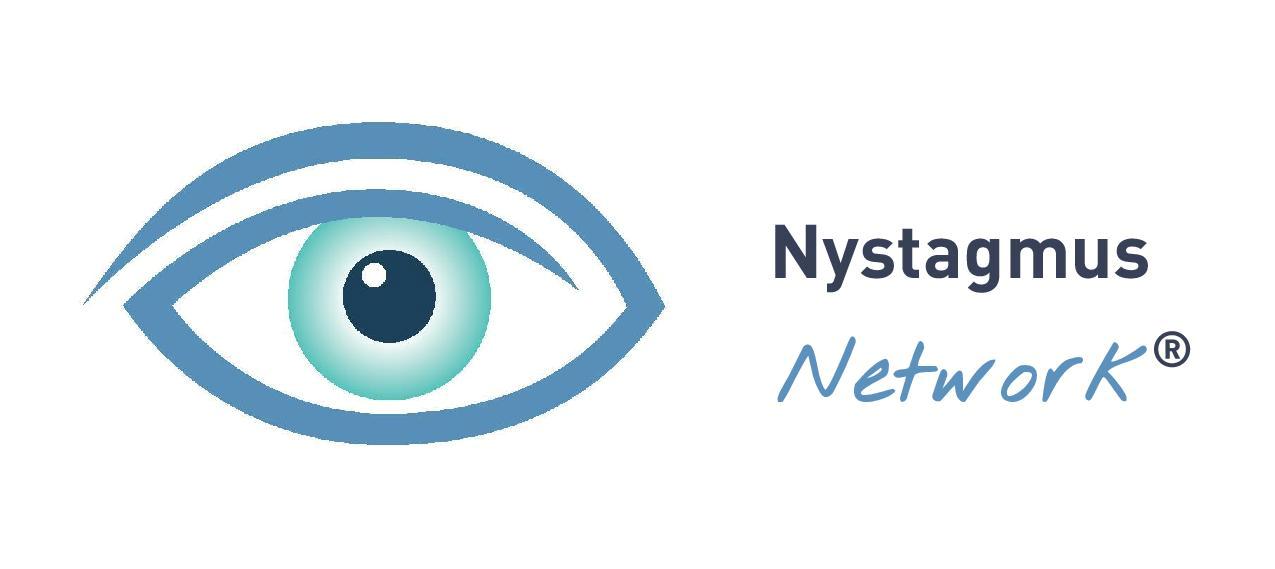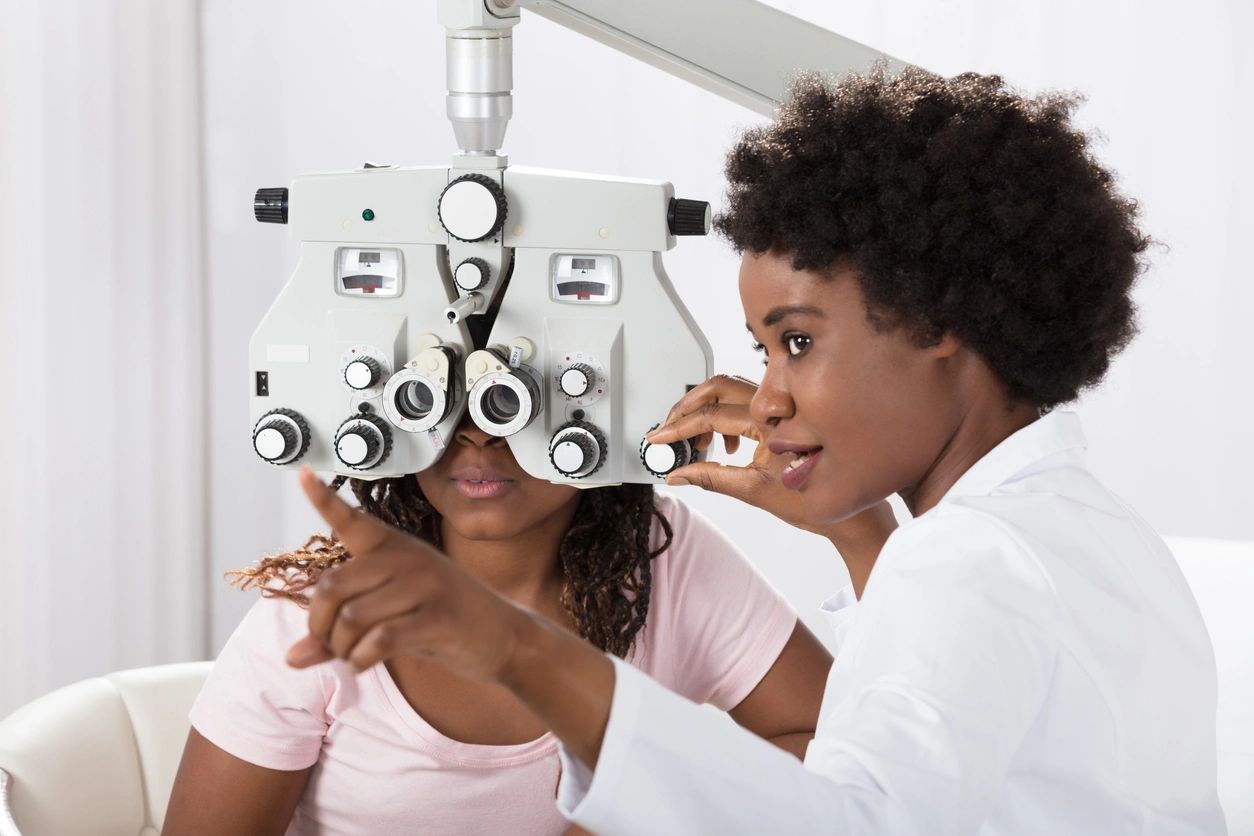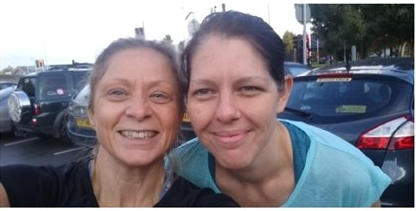As a member of NUKE, the Nystagmus UK Eye Research group, the Nystagmus Network is delighted to see the publication of a literature review of functional vision testing for Infantile (Congenital) Nystagmus. The authors are Bader Almagren, NUKE and Matt Dunn.
NUKE sees this as a step towards establishing vision testing in cases of nystagmus which more closely measures what people living with the condition actually see.
Read the full article online at the BMJ/BJO here
Background/aims Recent work has called into question the ability of visual acuity (VA) to accurately represent changes in visual function in infantile nystagmus (IN). This systematic review investigated factors affecting visual performance in IN, to guide development of suitable alternatives to VA.
Methods Included studies used an experimental manipulation to assess changes in visual function in people with IN. Interventional studies, case series and case studies were excluded. Six databases were searched in August 2023. Selection, detection, attrition and measurement bias were assessed. Due to heterogeneous methodologies, narrative synthesis was undertaken.
Results Eighteen relevant papers were identified, 11 of which complied with the review criteria. Articles were grouped according to the factor manipulated to evoke within-participant changes in performance (motion blur, psychological state, gaze angle or visual crowding). Optotype, image, grating and moving stimuli have been employed under varying lighting conditions and exposure duration.
Conclusion Several factors affecting visual performance should be considered when assessing visual function in IN. While maximum VA is a useful metric, its measurement deliberately minimises nystagmus-specific factors such as changes in visual performance with gaze angle and the ‘slow to see’ phenomenon. Maximum VA can be measured using the null zone, providing unlimited viewing time, reducing stress/mental load and minimising visual crowding. Gaze-dependent functional vision space is a promising measure which quantifies the impact of the null zone but does not consider temporal vision. Although no complete measurement technique has yet been proven, this review provides insights to guide future work towards development of appropriate methods.




